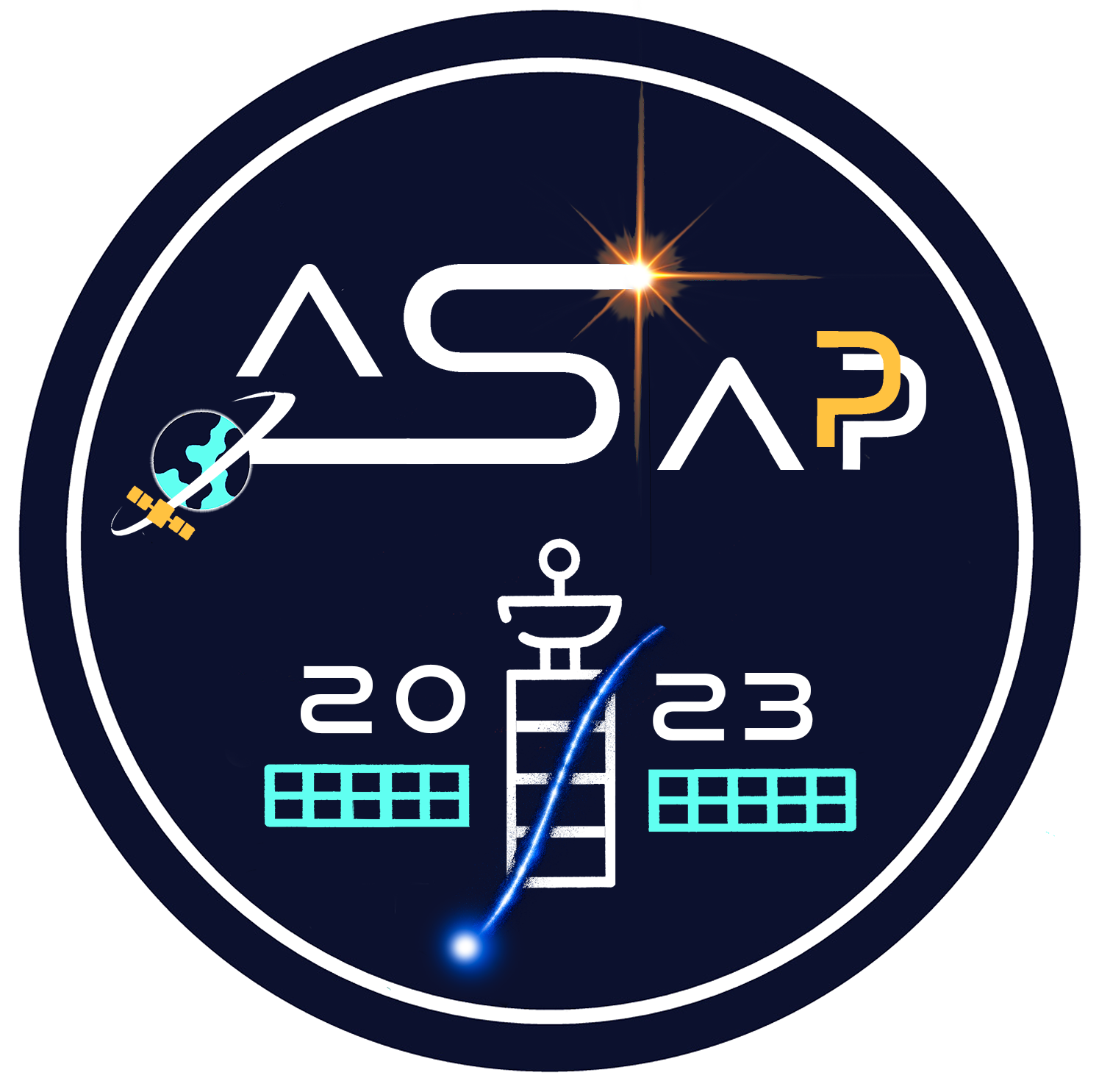Speaker
Description
The High Energy cosmic-Radiation Detection (HERD) facility has been proposed as one of several main space scientific experiments onboard the China Space Station. HERD is expected to be launched around 2027 and to be operating for at least 10 years. HERD is a China-led international space mission in collaboration with several European institutes from Italy, Switzerland and Spain. Its main scientific goals include accurate measurements of cosmic ray energy spectra up to the highest achievable energies in space (∼ few PeV), gamma-ray astronomy and transient studies, along with indirect searches for dark matter. HERD is uniquely configured to accept particles from both its top and four lateral sides. Due to its novel design, an order of magnitude increase in geometric acceptance is foreseen, compared to current generation cosmic-ray space experiments. HERD payload consists of several sub-detectors, including a 3D imaging calorimeter (CALO) with IsCMOS camera and photodiodes independent readout systems. The CALO comprises 7500 LYSO crystal cubes with a side length of 3 cm. The scintillating Fiber Tracker (FIT) covers the CALO and serves as track reconstruction of charged particles while inducing the conversion of gamma rays to electron/positron pairs. The plastic scintillator detector (PSD) envelopes both CALO and FIT sub-detectors and is used to discriminate incident photons from charged particles. The silicon charge detector (SCD) is the outermost detector and will provide a precise charge measurement of incoming particles in the range between Z=1 and Z=28. Additionally, a transition radiation detector (TRD) is placed on one of the lateral sides, for proton calibration in the energy range of several TeV. In this talk I will present current status of the mission and also development plans.
